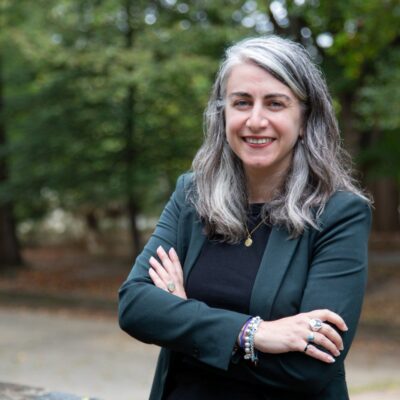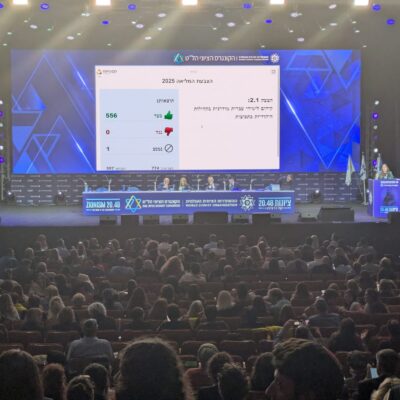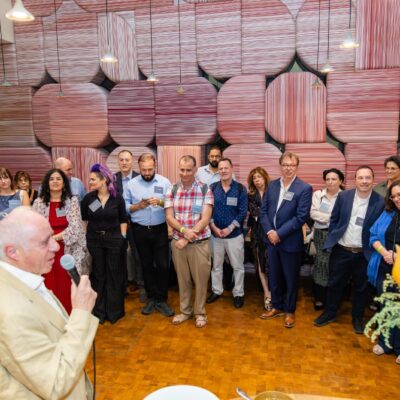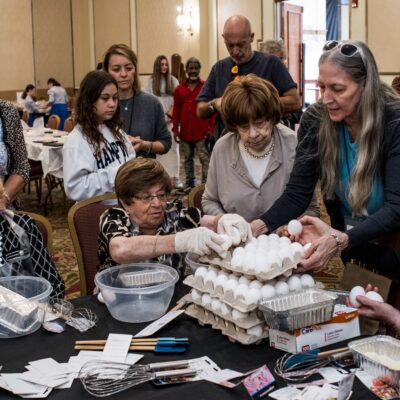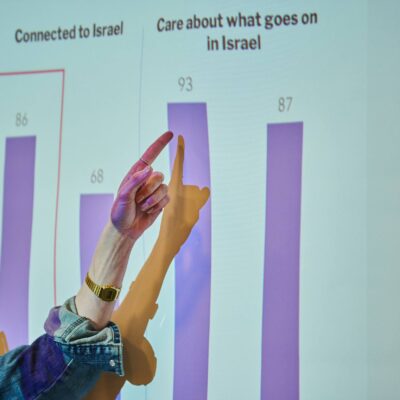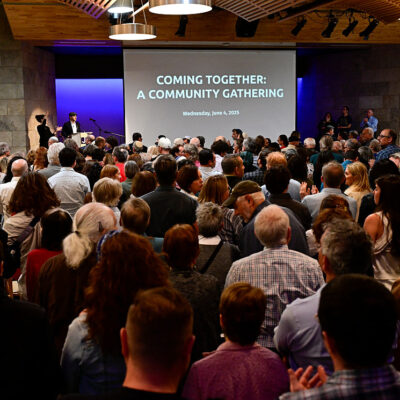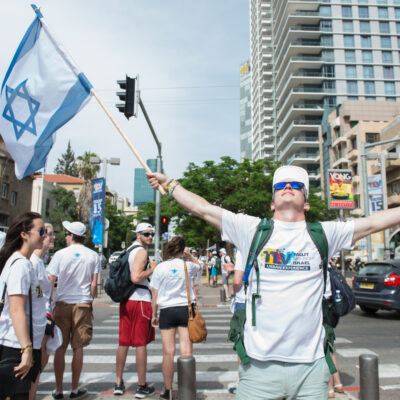Opinion
BEST PRACTICES
Don’t leave relationship-building to chance: Using the ‘Heartbeat Model’ of engagement
This article is the second of a three-part series by Gather, Inc. on relational engagement strategies to jump-start and sustain Jewish community in response to changing demographics and interests.
In our first article last week, we introduced Gather, Inc.’s three models of community building, a framework for strategizing how to both connect with people and how to connect those people with each other as they enter our Jewish spaces. This type of interpersonal connection, which is central to Gather’s methodology of relationship-based engagement, is also key to responding to “the Surge” — the previously unengaged Jews who have been entering into Jewish spaces seeking connection, friendship and meaning-making.
Among the members of the Surge represented in the Jewish Federations of North America’s recent survey results, 77% said that knowing other people at Jewish events makes them feel most welcome and comfortable and 42% want to have more Jewish friends.
These friendships don’t blossom overnight. They take deliberate work from our Jewish professionals, lay leaders and community members to help people connect and form those relationships that will lead to feelings of welcoming and belonging. The Surge reminds us that this type of relationship-building is too important to leave to chance. By focusing on the quality of our programs and paying attention to the relationships our community members are forging, we can radically shift how people experience the Jewish community — from a place where they simply attend programs, to a place where they find their people and their home.
Gather’s “Heartbeat Model” of engagement is a concrete tool to help us all become better relationship builders. Some readers may remember the Heartbeat Model from the early days of the pandemic; we’re adding more nuance and practical tips here, given our post-Oct. 7 reality and changing world. We will be offering a deep dive into our methodology and tools at our upcoming Community of Practice launching this summer, but we are excited to share a peek at some of these tools with eJewishPhilanthropy readers and explore how they can be particularly helpful in this moment.
What is the Heartbeat Model of engagement?
The large beats, indicated in red, reflect programmatic offerings— immersive experiences and planned gatherings we may often refer to as “programs” — that are critical opportunities for people to deepen their relationships and explore their Jewish identity in a group. Large beats look different for a JCC, a synagogue or a nonprofit, and may include: Shabbat and prayer services; holiday gatherings like Passover seders, Purim carnivals, or High Holy Day services; educational programs like religious school or adult classes; and social gatherings like happy hours, hikes and trivia nights.
The small beats, indicated in blue, represent the relational work that happens in between programmatic offerings. Small beats are the connective tissue that helps cultivate a sense of welcome and belonging, ensuring that people want to return to our spaces and continue engaging in our communities. Though they’ll likely differ for each organization, small beats can include meeting one on one for a coffee or walk; acknowledging pivotal moments in our community members’ lives with a text, call or gift; making introductions between people; sharing articles (like this one!) that remind you of the person; and sending personalized invitations and follow-ups from large beats. These types of connections build an ongoing relationship and connect the distinct “large beat” experiences to one another.
Both small beats and large beats are equally necessary — and neither can exist without the other. Our goal as community leaders should be to cultivate a healthy heartbeat that balances the large beats with the small. To do this, we need to focus time and energy on the small beats.
Assessing how you engage your community
Depending on the culture of an organization, spending more time on the small beats could be a radical shift away from how most Jewish professionals spend their time. You can start the process by understanding how and where your current time goes.
Take a look at your calendar. How many hours per week are you spending on large beats — planning the next big event, recruiting participants, sending mass marketing campaigns? How many hours per week are you currently spending on small beats, like sending a community member a personal email on their birthday or following up on a conversation you had with a first-time visitor at services last week? If the large beats are taking up all of your hours, consider blocking off time each day or week to attend to those small beats, which help people know you care about them as whole human beings and that they are important and valued members of the community.
Our GatherCities staff spends approximately a quarter to a third of their time going one on one coffees, sending follow-up emails, concierging community members to Jewish resources and organizations, mailing life cycle cards, checking in on community members who we haven’t heard from in a while, and making introductions between community members.
We know that not every organization has full- or even part-time engagement professionals on staff like Gather, but focusing on the small beats and the meaningful relationships they sustain is something everyone – team members, lay leaders, volunteers, leadership and board members – can do. Start by asking: What kind of small beat engagement is both sustainable for your team and difference-making for your community? Setting a goal of one small beat per person per week is a great place to start.
This approach challenges us to shift our focus from single, unconnected programs to seeing our work as part of a larger “healthy heartbeat,” where large and small beats, together, nourish the life force of our community. By more intentionally engaging with our community, we can ensure our people feel seen, connected and welcomed to return again and again.
The impact we’ve seen
After more than a decade using this model with our GatherCities community members and several years training organizations around the country with this tool, our team at Gather, Inc. has seen the success of focusing on the small beats.
When we have more small beats, there are more opportunities to deepen our personal connections. In turn, we learn more about what someone wants or needs in Jewish life, and thus are more effectively able to “concierge” them to the right offering.
We don’t need a whole new set of tools — but we do need to adapt our current tools to the people who are actively seeking out Jewish life. It is essential that we take action to make newcomers (and people returning to our spaces for the first time in a while) feel seen, known and welcomed into their new communities. Small beats do not equal small impact. Intimate moments of connection can make all the difference in making our people feel seen and known. Let’s not leave them up to chance.
In our final article in this series, we’ll look at evaluation: How can you measure and understand if the relationship-building work you’re doing is helping to support and grow your community? What data can you begin collecting so you know that the members of the Surge are coming and staying? What does success look like when we’re looking at more than the number of people in the room? Stay tuned!
Michelle Shapiro Abraham is the CEO of Gather, Inc. Her work explores the intersection of community organizing and relational strategizing as a way to reimagine Jewish leadership, communal power and individual thriving.
Sarah Fredrick is Gather, Inc. Director of Trainings. She leads Gather’s consulting and partnerships, collaborating with organizations to reimagine and sustain meaningful, accessible, relational Jewish communal life.

 Add EJP on Google
Add EJP on Google
